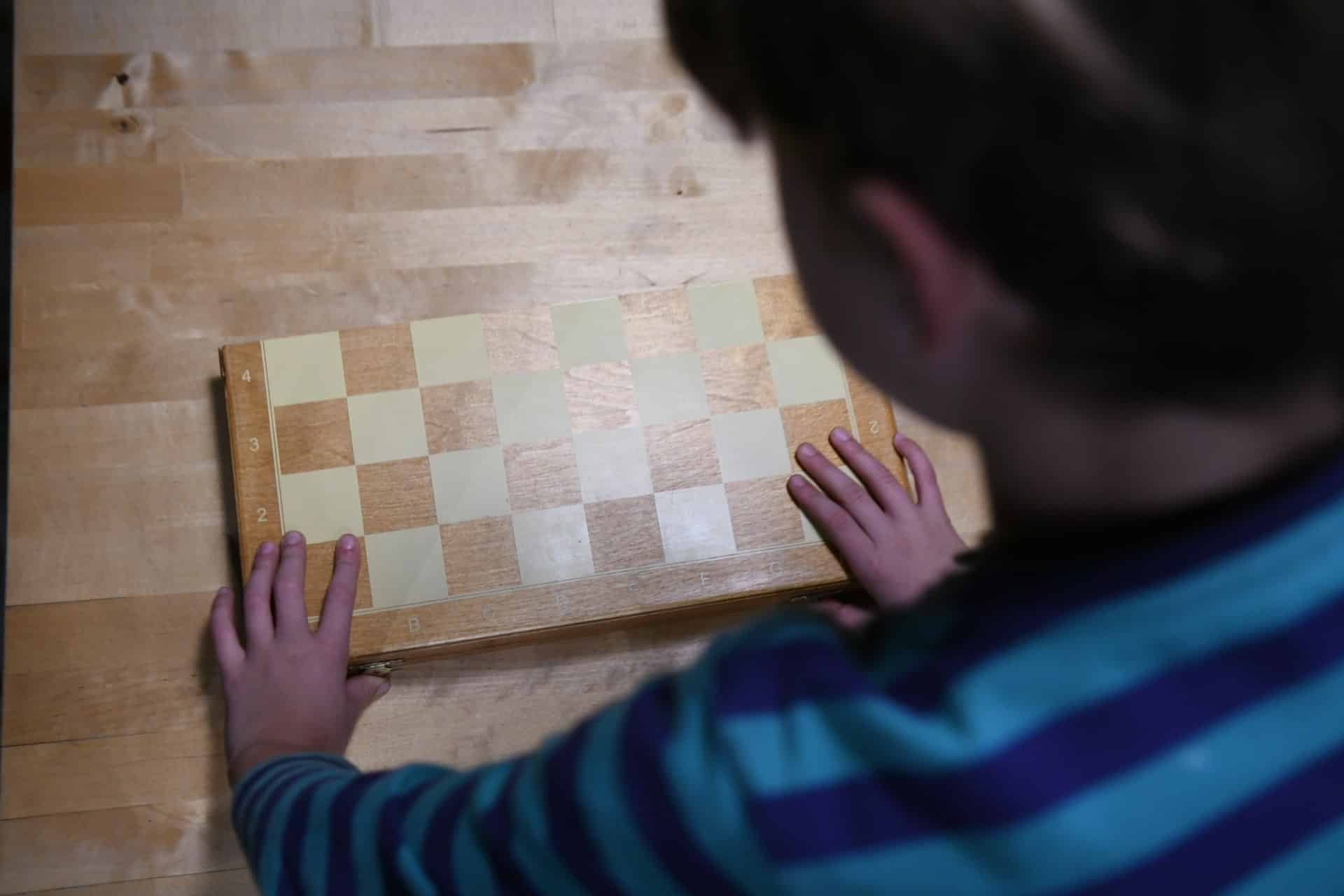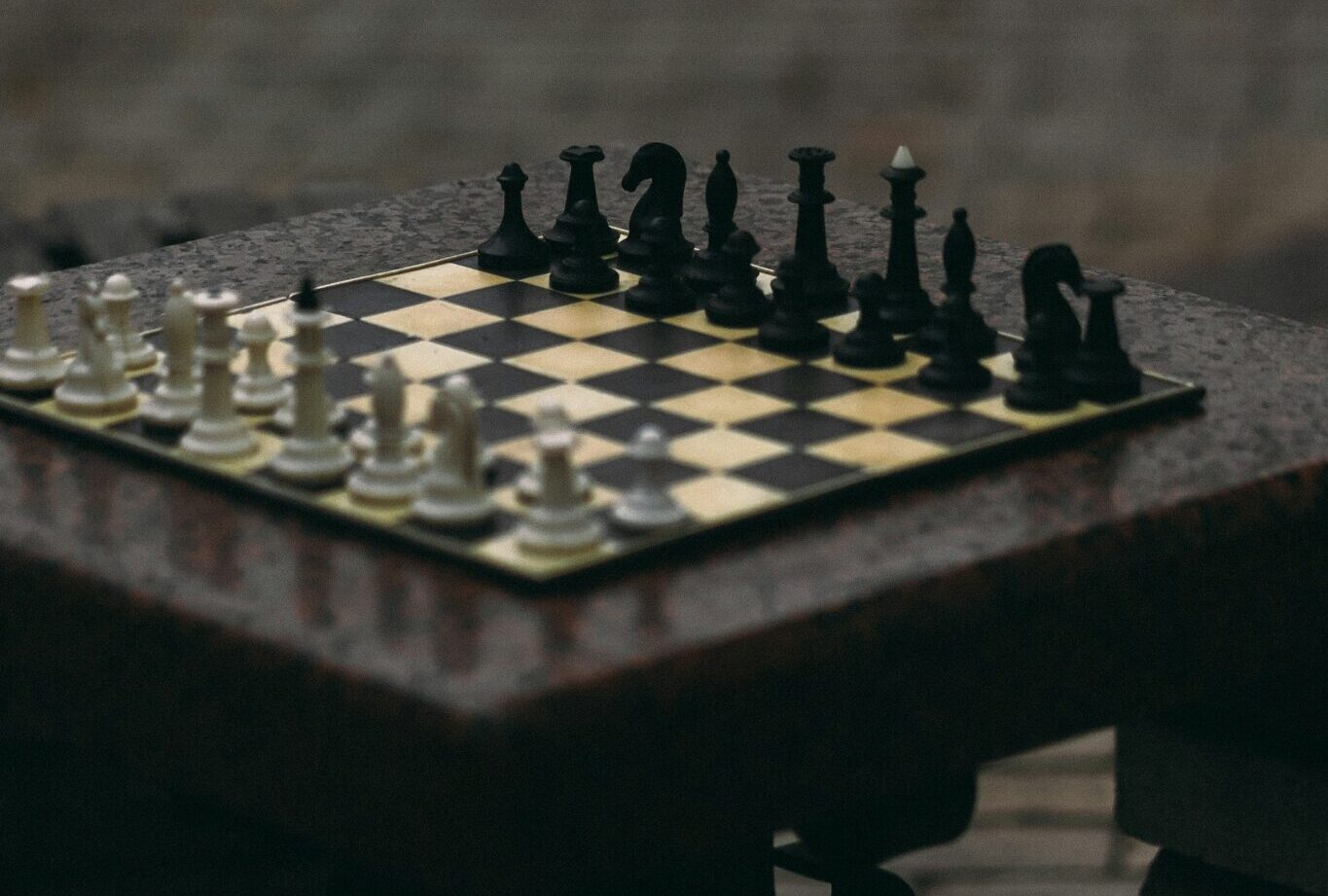Table of Contents
The “en passant” chess capture
It is impressive how many people who “know how to play chess” don’t know what the “en passant” chess capture is. This is one of those moves that we rarely see on the board but have a great impact on the game.
There are many different moves in chess, sometimes we encounter the ones called “special moves”. These are unusual moves that can completely change the nature of the chess game.
The en passant chess move is an interesting movement that wasn’t part of the original chaturanga. Chaturanga was the first version of chess ever created in India, also called “Shatrangj”.
This move appeared a long time after chess invention and had a positive impact on the strategy of the game. This move helps chess players avoid other players enforcing a closed pawn structure.
This is an important move that has a long time existing in chess and is impressive the number of people who don’t know this move. To avoid shaming yourself in front of your chess mates we will explain in what the en passant chess move consists and its rules.
You must know this move, you can drop an important game if you don’t know it!
How to do the en passant chess move

The en passant move consists of capturing a pawn that advanced two squares right beside an advanced pawn in the fifth rank. The en passant capture is always made with a pawn, and it can be used to capture other pawns only.
This is a very peculiar capture because we all know how the normal capture works:
You capture a pawn if it’s one square away in a diagonal direction, we complete the capture by placing our pawn in the square the pawn we are capturing was placed.
However, the en passant chess move consists of doing it the same way, but your pawn ends one square further.
For example, let’s say you are playing the following position:
It is black to move, say that your opponent plays the move …f5, so the position then would be like this:
Here, white has the option to capture the f5 pawn if wished, the position after the en passant chess capture would be this one:
The notation for this move is “exf6”, which can be a little confusing because we are not exactly capturing in the f6 square. Nevertheless, after the en passant chess capture, our pawn would end up in the f6 square.
Important: Once the opponent places his pawn beside your pawn in the fifth rank by advancing it two squares you have to make a decision. The en passant chess capture needs to be done immediately after the enemy pawn is placed beside our fifth rank pawn.
Otherwise, you will not have another chance to take the pawn in the following turn. This is usually the motive for different tactics, having to do with the strategic objective of blocking the position by one of the two players.
How the en passant chess capture changes chess completely

Chess is affected by adding this rule to the game drastically. The reason is that the en passant chess move normally grants positional advantage once it is done.
It is common to seize an en passant capture by forcing the opponent to place the pawn in the right square to take en passant. This is usually useful when you want to open a file for the rooks or controlling an important outpost.
For example, let’s suppose we are playing the following position:
Qd3!? is an interesting move that white can choose, although there are probably better moves in the position, white has an idea here. …f5? Is so weakening but there aren’t many options for black right now.
exf6! Is necessary if white wants to have real winning chances in this position. It is true that white just gives up space advantage but it would have been difficult to win without this en passant chess move.
As long as white strives for the control of e5 while putting pressure on the weak e6 pawn he should be winning.
This position could have easily arisen in the French defense, being the f-pawn break-up very important for black in the French. Here we have an example of how white killed the black’s counter-play by eliminating the f-pawn.
How would chess be without the en passant chess capture?

Let’s take as an example the position we have just seen in the title before…
If en passant chess capture didn’t exist everything would have been different in that game. It would be so easy for the defender side to force a closed pawn structure and go from a hard defending position to a drawish boring game.
There are so many variations in chess it is impossible to predict what would happen to the game if the en passant chess capture was removed. It would be very interesting to see how masters would manage to avoid losing the advantage in a position like a diagram 2.
But one thing is for sure, chess would be a lot easier for the defender side if en passant chess capture wasn’t in the game.
How to use en passant chess move to your advantage
A good and simple way to use it is by doing exactly what we saw in the example before.
You need to gain space on the board by advancing the pawns to the fifth rank, then force your opponent to move a pawn, so you capture en passant.
This is a very common way to do it, it sounds simple, yet it is way effective, this is what we call “creating weak spots”. When your opponent doesn’t have weaknesses you first need to create one if you want to fight for the advantage.
Many times, your opponent will not give you the chance to make an en passant chess capture because the consequences are usually bad.
You may also like:
Castling in chess: How to survive the Opening
How to get better at chess: 5 Keys to Play like a Grandmaster






